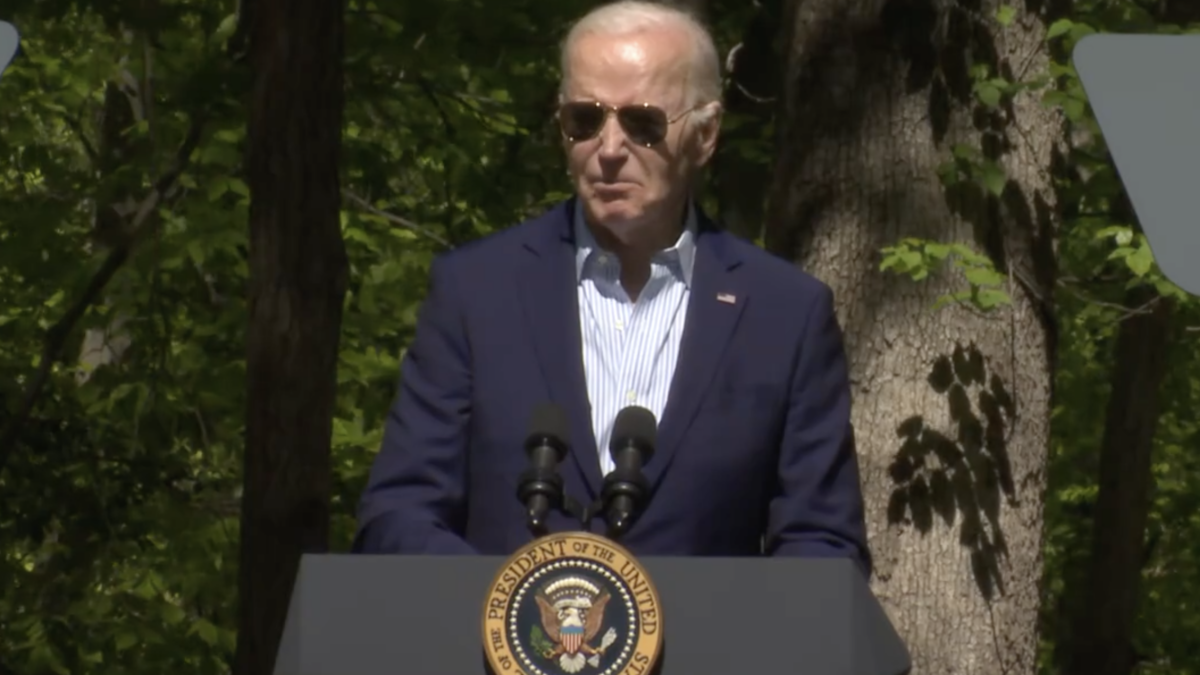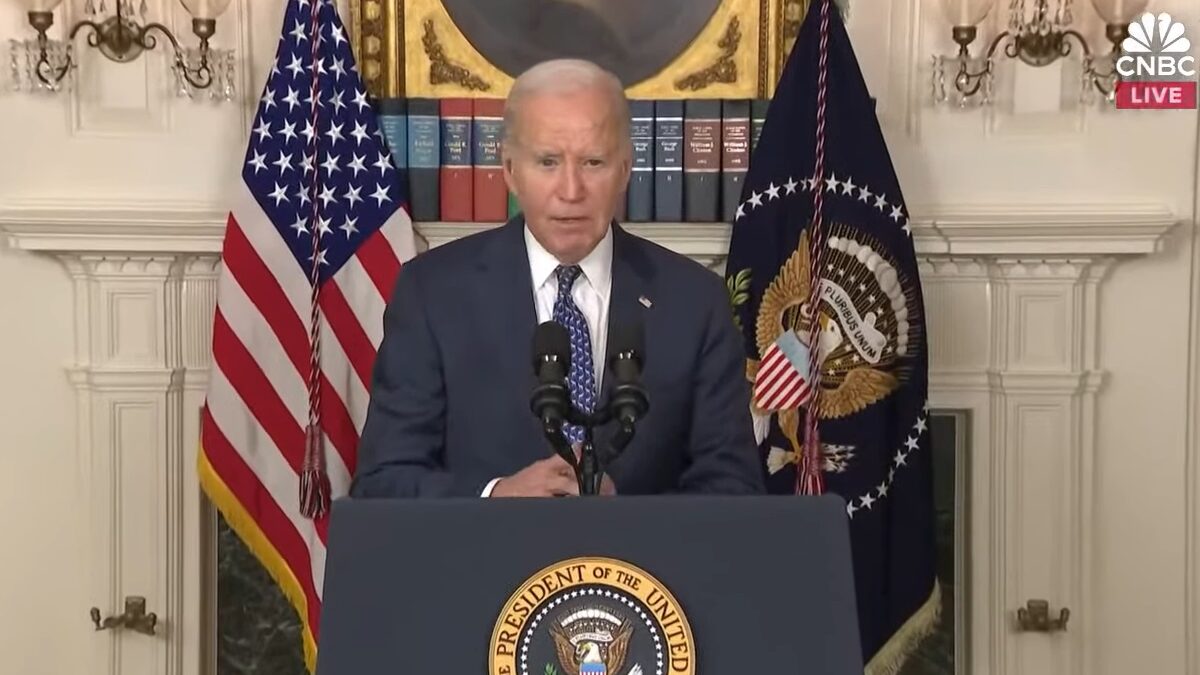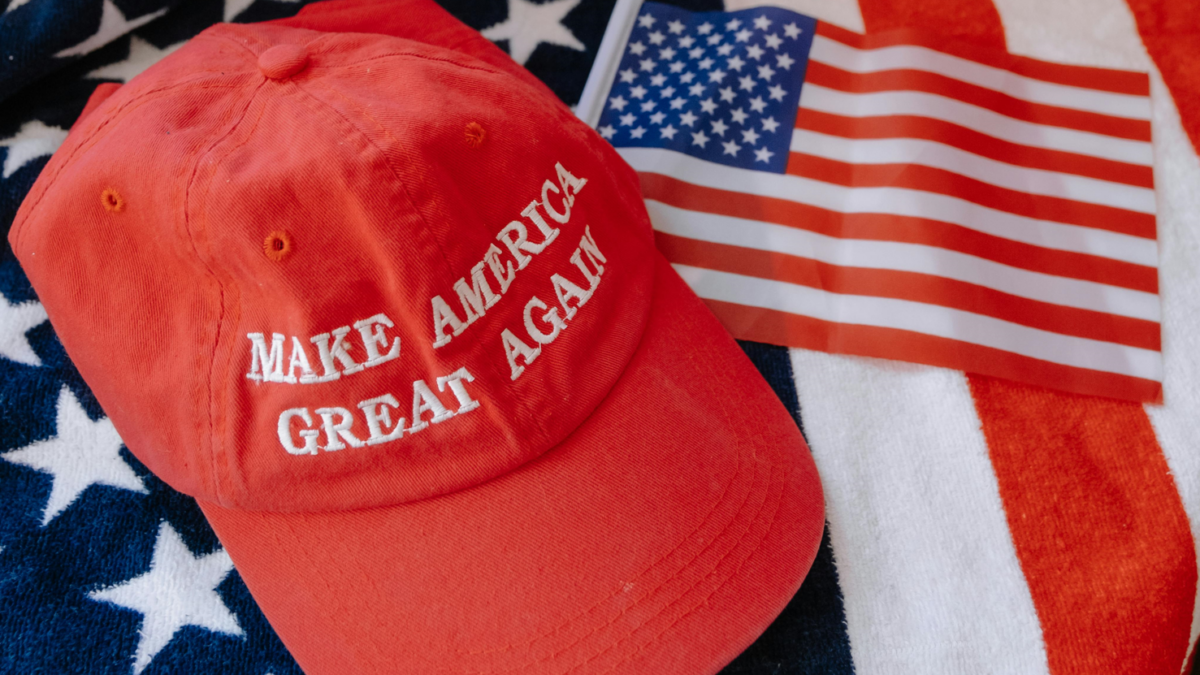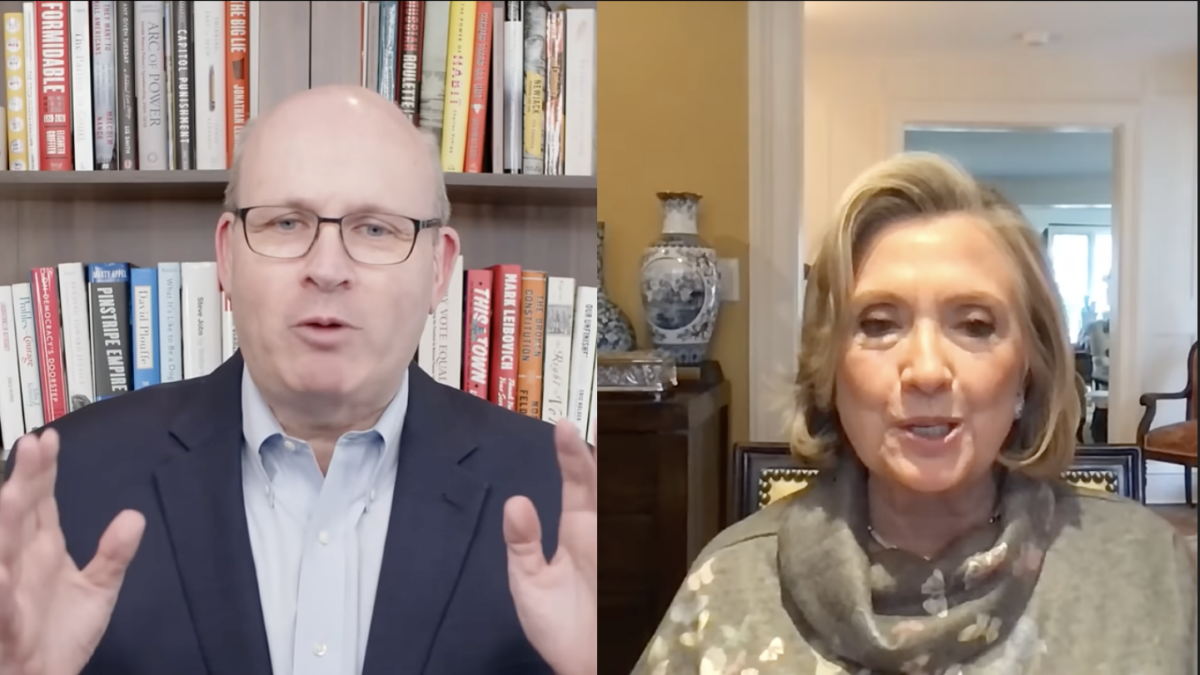
A New York Times report from one of its White House correspondents tries to link President Trump with mobsters and cheats because his New York City dialect is similar to theirs. The story logically implies a similar connection between mobsters and cheats and anyone who hails from the working class neighborhoods of old New York.
“With Mob-Tinged Vocabulary, President Evokes His Native New York,” reads the headline in the print edition. Online, the headline read, “With a Vocabulary From ‘Goodfellas,’ Trump Evokes His Native New York.”
Correspondent Mark Landler argues in the piece that some of Trump’s phrasing and speech has been influenced directly by mobsters, gangsters, base businessmen, and corrupt machine party political bosses. Landler concludes that Trump “has taken to using a vocabulary that sounds uncannily like that of [late Mafia boss John] Gotti and his fellow mobsters in the waning days of organized crime…”
Landler analyzes some of the president’s phraseology and concludes that Trump had been “evoking a bygone world — the outer boroughs of New York City, where he grew up — a place of leafy neighborhoods and working-class families, as well as its share of shady businessmen and mob-linked politicians.”
He further claims, “Mr. Trump is comfortable with the wiseguys-argot of that time and place …”
For affirmation, the story quotes an author who writes about the Mafia: “Trump was surrounded by these people. Being raised in that environment, it was normalized to him.” More evidence for the story’s claims comes from a tweet written by an evident anti-Trump and anti-Republican commentator. That quoted tweet says that the president “thinks, acts and sounds like a mob boss.” For yet more affirmation, the piece quotes another evident anti-Trump CNN commentator who argues, in Landler’s words, that “the president’s tough-guy language” is “the vocabulary of a man who grew up with a comic-book view that real men wore fedoras and carried .38 revolvers.”
‘Old’ New York
One should define terms, and give The New York Times credit where it is due for getting one point right: Donald Trump’s New York City is largely gone, having shrunken considerably. This fact is why it is apt to use “old New York” to describe the place being referred to in the story.
Trump’s New York City featured large Irish, Italian, and Jewish contingents, and most of them spoke with ethnic-specific versions of the typical and highly-caricatured New York accents and phrasing. Each of the majority contingents has slight and distinct differences in accents and phrasing. The native New Yorker with knowledge of these differences can often discern the sub-dialects. Some, like Trump, speak in the ethnic-neutral version of the New York dialect.
Those from old New York talked, acted, and walked in ways that branded them as from New York City. That New York has largely disappeared. Outside of select neighborhoods in Brooklyn, Queens, and the Bronx, as well as a large portion of Staten Island, new patterns of migration, as well as immigration and gentrification, have changed the composition of the city. There are very few pockets in the five boroughs of New York City outside of Staten Island that have not seen significant change.
The Attack on the People of Old New York
The New York Times story was so peculiar that one might at first glance mistake the piece for a comical farce. When one realizes that the story is serious, it becomes a shocking denigration of multiple generations of innocent working class people.
The New York dialect did not come from, nor is it owned by, mobsters, gangsters, and cheats, as the story inaccurately suggests. The dialect is several hundred years old. For example, two experts say that one famous component of the accent — its non-rhoticity (sometimes described as “the dropping of r’s”) — originates from the London English of the late 1600s. Other aspects of the dialect come from the native languages of Irish, Italian, and Jewish immigrants. The dialect began to develop when the Dutch first arrived on the shores of New York.
The New York City dialect is an example of a tradition alive. The dialect was built over hundreds and hundreds of years by a chain of millions upon millions of people who unknowingly created something that binds them all together through the centuries. Landler’s story ascribes this wonderful tradition, distinctively New York City and never able to be re-created, to the worst types of people.
The attempt by the story to connect the president and the people of the working class of old New York to vicious murderers, criminals, and immoral cheats, all simply because of their like dialect, is a dishonorable blemish on the nation’s “newspaper of record.” The publication of the story raises necessary questions about the newspaper’s claims to journalistic integrity.
The story’s reasoning is as follows: a) unsavory types could be found in the old working class neighborhoods of New York City and b) Trump hails from these areas, therefore c) Trump must have been influenced by these individuals. The most reprehensible part of the piece is Landler’s obvious implication that by association, anyone from old New York must have been influenced by the mobsters and gangsters who also happened to be found in some of those neighborhoods. The story’s reasoning is highly problematic and its conclusions are not in accord with the truth.
Untold numbers of people speak with a New York City dialect that they gained while growing up in the working class neighborhoods of old New York. Although it has dissipated considerably, Trump’s accent and phrasing can still be heard throughout New York City.
The Reality
To those of old New York, their neighborhoods were not made up firstly, as Landler stereotypes them, of “shady businessmen and mob-linked politicians.” Those types existed, for sure, but unlike how Landler’s story described their native place, those from old New York would not characterize their hometown primarily by those associations. Old New Yorkers, rather, would likely say that they were part of vibrant communities comprised of hardworking people who cared about where they came from and who spoke and acted as they learned how to and as most everyone else around them did.
The average old New Yorker also saw the “shady businessmen and mob-linked politicians,” as pariahs. The vast majority of the working class had no connections to the miniscule minority of criminals or gangsters who roamed some of their neighborhoods.
Perhaps some old New Yorkers did encounter these sketchy types, but the vast majority of them had no interest in learning from, or associating with, these community blights. Landler somehow sees things differently, writing: “From an early age, Mr. Trump encountered these raffish types with their unscrupulous methods, unsavory connections and uncertain loyalties.” Landler is asserting, then, that anyone who is from old New York also encountered these people and, he implies, must have been influenced by their unsavory methods.
Landler’s preposterous claims represent a naïve reliance on television and Hollywood caricatures, and one wonders how these comments dressed-up in the news section could be printed in one of the most influential newspapers in the world. On the other side, Landler’s claims are deeply offensive and paint those from old New York with quite the wide brush.
Here is some fact checking for The New York Times: 1) Not all people from the working class of old New York are mobsters or engage in illegal or immoral activities; 2) Not all people who speak with dialects from the working class of old New York are mobsters or engage in illegal or immoral activities; and 3) The New York dialect caricatured by actors is not owned by, to use Landler’s words, “shady businessmen and mob-linked politicians,” nor did it originate from “raffish types with their unscrupulous methods, unsavory connections and uncertain loyalties.”
The conclusions of the story were rationally illogical and allegedly “evidenced” by unserious, openly-biased commentators rather than any type of serious, objective experts. Further, the story’s linguistic and historical inaccuracies show an incredible lack of good journalistic standards.
The country needs professional, serious journalism. The New York Times must do better than this story – for the American people and for the future of the republic. Landler and the news editors who approved this piece should offer a sincere apology for printing this offensive diatribe masquerading as a news story. And they should disavow the story’s false conclusions that denigrate generations of good, hardworking people who built, and keep running, the city in which the newspaper is headquartered and whose name on its masthead it has borrowed from them.









